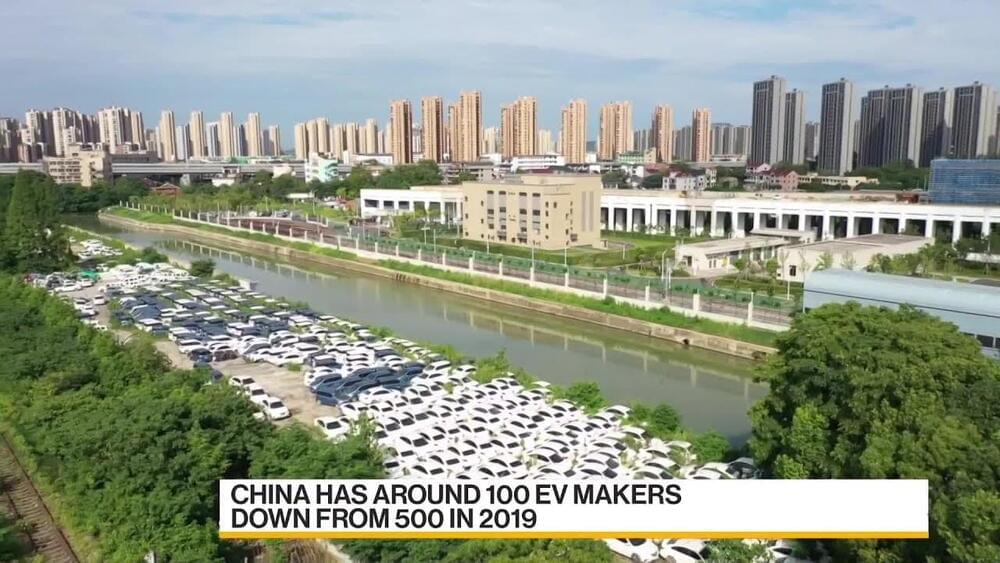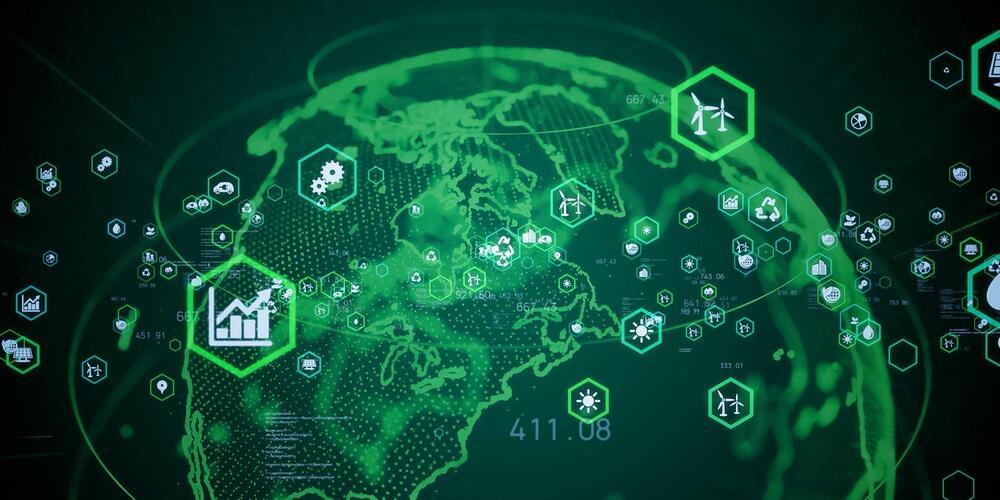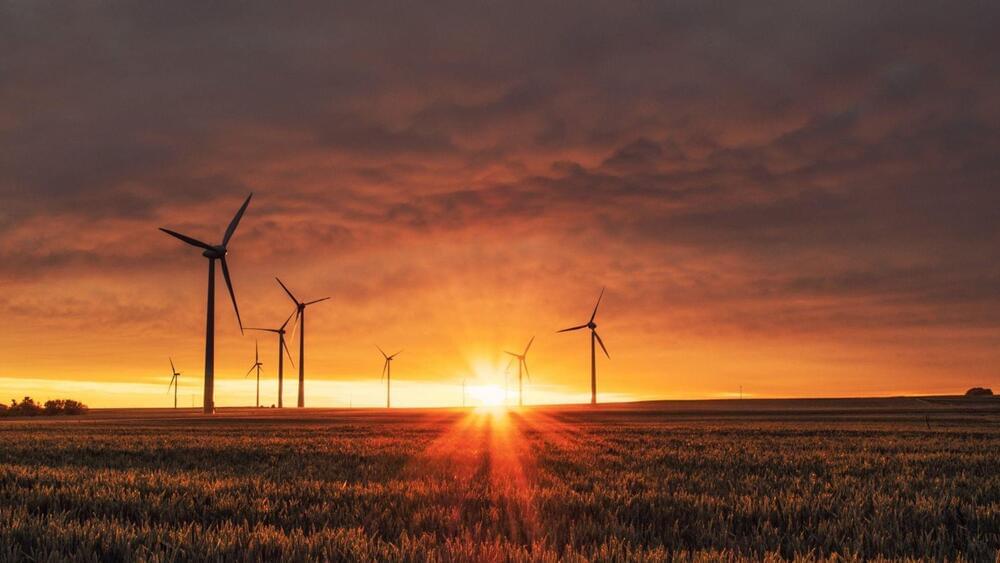The Aspen Proposal provides a description of a sustainable human civilization 200 — 500 years in the future. This is a goal that will focus our efforts, allow us to backcast and provide hope for those working for change.
Archive for the ‘sustainability’ category: Page 127
Aug 21, 2023
First generation of zero-carbon emission aircraft needs hydrogen technologies by 2025
Posted by Omuterema Akhahenda in categories: government, sustainability, transportation
Led by the Aerospace Technology Institute (ATI) and backed by the UK government, FlyZero has concluded that green liquid hydrogen is the optimum fuel for zero-carbon emission flight and could power a midsize aircraft with 280 passengers from London to San Francisco directly, or from London to Auckland with just one stop.
FlyZero, the UK study into zero-carbon emission commercial air travel, has published its vision for a new generation of aircraft powered by liquid hydrogen, today Thursday 17th March.
The report “Our Vision for Zero-Carbon Emission Air Travel” marks the conclusion of a 12-month study which set out to consider the feasibility of zero-carbon emission aircraft. The project concludes aviation can achieve net zero 2050 through the development of both sustainable aviation fuel (SAF) and green liquid hydrogen technologies.
Aug 20, 2023
Solutions for Solar Panel Waste Are Just Beginning to Surface
Posted by Shubham Ghosh Roy in categories: solar power, sustainability
Recycling options and technology are slowly emerging as millions of tons of solar panels reach their end of life, threatening to fill landfills.
Aug 20, 2023
THE HUMAN FUTURE: A Case for Optimism
Posted by Dan Breeden in categories: climatology, media & arts, robotics/AI, sustainability

Soundtrack: https://melodysheep.bandcamp.com/album/the-human-future-original-soundtrack Patreon: http://patreon.com/melodysheep Change is coming. Humanity is entering a turbulent new era, unprecedented in both Earth and Human history. To survive the coming centuries and fulfill our potential as a species, we will have to overcome the biggest challenges we have ever faced, from extreme climate change, to rogue A.I., to the inevitable death of the sun itself.
The headlines make our chances look bleak. But when you look at our history and our tenacity, it’s clear that humanity is uniquely empowered to rise to the challenges we face.
Aug 19, 2023
Since 2015, reusable rockets have dramatically decreased the cost of transportation from Earth to orbit
Posted by Adriano Autino in categories: space travel, sustainability
Such process is paving the path toward civilian space development and astropolitical uses of space as well, and is creating a growing interdependent relationship between life on and beyond Earth. 2015 can now be identified as a “turning point” in history, signifying a change of paradigm, from “traditional” aerospace to a “new space” age.
As soon as the U.N. 2030 Agenda [1] was published, some relevant criticalities appeared. The general criteria supporting the concept of sustainability developed by the agenda is an unquestioned limitation to the boundary of Earth’s atmosphere. The 2030 Agenda for Sustainable Development, adopted by all United Nations Member States in 2015, was conceptualized during the traditional aerospace age: outer space was not considered, as a dimension that helps to increase the sustainability of development. Space science and technologies are supporting social and environmental goals on Earth, for many years. Yet that will not be enough, to warrant a really sustainable development. To allow a real sustainable development, it is indispensable and urgent to start civilian space development, outside Earth boundaries. Therefore the UN 2030 Agenda of the Sustainable Development Goals needs to be updated.
Aug 19, 2023
Materials to feed the green energy revolution
Posted by Shubham Ghosh Roy in categories: chemistry, energy, engineering, sustainability
Dr Kathryn Mumford is an Associate Professor in the Department of Chemical Engineering at the University of Melbourne, specialising in separation processes in ion exchange, solvent absorption and solvent extraction technologies. In collaboration with industry, her recent research has pioneered a more efficient, greener process to produce lithium carbonate.
Dr Mumford leads the Sustainable Resources platform, which focuses on research to support the transition to green energy, reduce environmental impact and develop smart mining and processing. Here, she discusses how the platform is tackling the industry’s greatest challenges, and the role the sector will play in decarbonising the world.
I’ve been thinking about sustainability and environmental health throughout my whole career. I saw the consequence of waste and was compelled to develop ways to reduce its impact. My PhD was around environmental clean-up, specifically cleaning up tip sites and fuel spills at contaminated sites in Antarctica – I’ve since been back to Antarctica seven times on clean-up missions.
Aug 18, 2023
MIT alumni’s thermal battery enables 24/7 renewable energy
Posted by Gemechu Taye in categories: energy, sustainability
The energy storage solution uses inexpensive carbon blocks that are inexpensive to make and easy to scale.
MIT alumni David Bierman and Jordan Kearns have joined hands to build a thermal battery that lets industrial users rely on renewable energy round the clock, a university press release said. The duo, who studied at the university during the last decade had set up separate companies in the field of renewable energy that have now merged and could see joint projects become operational as early as 2025.
As renewable energy installations such as solar and wind have increased recently, increased production and lower demand during parts of the day have resulted in low electricity prices. Although this is good news for end-use customers, it dampens investments in the sector.
Aug 18, 2023
Warren Buffett missed a trick by not investing in Tesla at a rock-bottom valuation, Elon Musk says
Posted by Kelvin Dafiaghor in categories: Elon Musk, sustainability, transportation
Warren Buffett missed a trick when he passed on Tesla early on, Elon Musk said.
“He could’ve invested in Tesla when we were worth basically nothing and didn’t,” the SpaceX and Tesla CEO posted on X, the website formerly called Twitter, on Thursday.
He was responding to a post highlighting Buffett’s vast wealth and the enormous value of his Berkshire Hathaway conglomerate.
Aug 17, 2023
Abandoned EVs Start to Pile Up in Cities Across China
Posted by Raphael Ramos in categories: business, economics, sustainability, transportation

A subsidy-fueled boom helped build China into an electric-car giant, but with an economic slowdown and hundreds of ride-hailing companies going bust, the country is facing a excess of unwanted batter-powered vehicles. Linda Lew reports on Bloomberg Television.
——-
Follow Bloomberg for business news & analysis, up-to-the-minute market data, features, profiles and more: http://www.bloomberg.com.
Connect with us on… Twitter: https://twitter.com/business Facebook: https://www.facebook.com/bloombergbus… https://www.instagram.com/bloombergbu…
Twitter: https://twitter.com/business.
Facebook: https://www.facebook.com/bloombergbusiness.
Instagram: https://www.instagram.com/bloombergbusiness/
——-
Follow Bloomberg for business news & analysis, up-to-the-minute market data, features, profiles and more: http://www.bloomberg.com.
Connect with us on…
Twitter: https://twitter.com/business.
Facebook: https://www.facebook.com/bloombergbusiness.
Instagram: https://www.instagram.com/bloombergbusiness/
Aug 17, 2023
This bio-inspired leaf generates more power than solar panels
Posted by Genevieve Klien in categories: solar power, sustainability
This is according to a press release by the institution published on Tuesday.
The PV-leaf
Called PV-leaf, the innovation “uses low-cost materials and could inspire the next generation of renewable energy technologies.”















